Fireplace Insert OSBURN and other thoughts
mirrodie
17 years ago
Related Stories

LIVING ROOMSHow to Convert Your Wood-Burning Fireplace
Learn about inserts and other options for switching your fireplace from wood to gas or electric
Full Story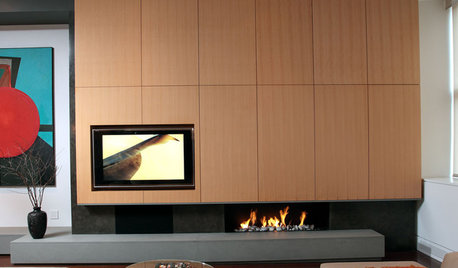
MOST POPULAR7 Ways to Rock a TV and Fireplace Combo
Win the battle of the dueling focal points with a thoughtful fireplace arrangement that puts attention right where you want it
Full Story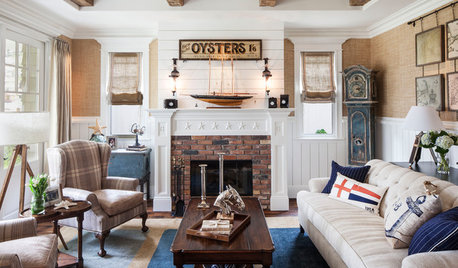
FIREPLACESWhat Goes With a Redbrick Fireplace?
Play up or tone down your redbrick fireplace by pairing it strategically with other colors and materials
Full Story
FIREPLACESUpdated Woodstoves Keep Home Fires Burning
Better technology means more efficiency than ever for modern woodstoves
Full Story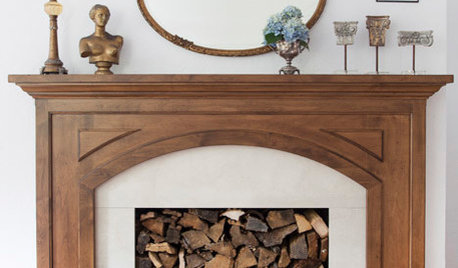
LIVING ROOMS8 Reasons to Nix Your Fireplace (Yes, for Real)
Dare you consider trading that 'coveted' design feature for something you'll actually use? This logic can help
Full Story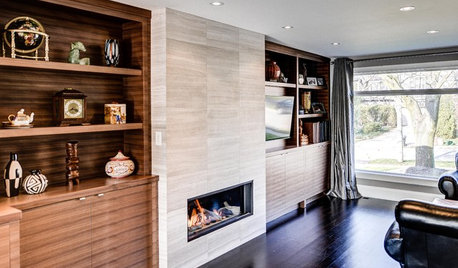
REMODELING GUIDESFireplaces That Catch the Eye
Frameless, low to the ground, dual sided ... these fireplaces go beyond run-of-the-mill to offer extra visual appeal
Full Story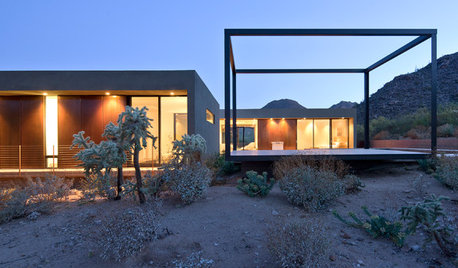
MODERN ARCHITECTUREHouzz Tour: Sensitive Minimalism in the Arizona Desert
Beautifully framed views and a design that sits lightly on the land make for a thoughtfully integrated modern home near Tucson
Full Story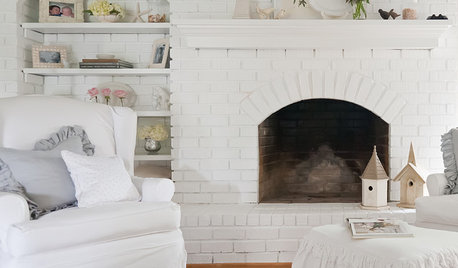
GREAT HOME PROJECTSHow to Remodel Your Fireplace
Bring your fireplace design up to snuff with this makeover lowdown
Full Story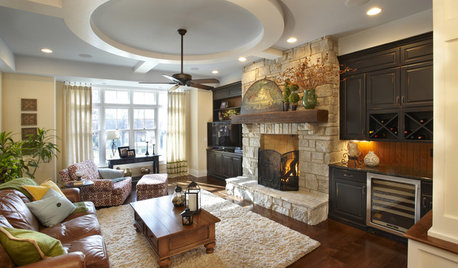
FIREPLACESThe Right Built-ins for Your Fireplace
Building the perfect storage around your fireplace starts with deciding what it's for. These 14 examples will get you started
Full Story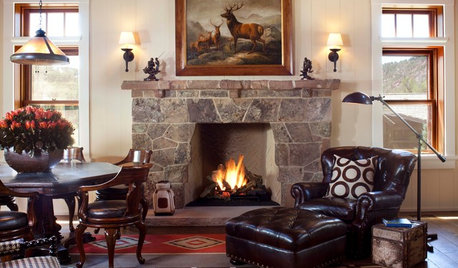
HOUZZ TV FAVORITESHouzz TV: Flickering Virtual Fireplaces to Warm Your Heart
Sit back and enjoy a crackling fire set to seasonal music and surrounded by ideas for your own dream living room
Full Story

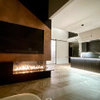
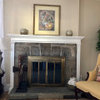
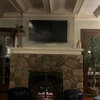


jerry_nj
mirrodieOriginal Author
Related Professionals
Columbine Fireplaces · Rockland Interior Designers & Decorators · Arlington General Contractors · Amarillo General Contractors · Coffeyville General Contractors · Dunkirk General Contractors · Greenville General Contractors · Hercules General Contractors · Kilgore General Contractors · Leon Valley General Contractors · Los Lunas General Contractors · Marysville General Contractors · Randolph General Contractors · Rohnert Park General Contractors · Deer Park LightingmirrodieOriginal Author
theplayer
jerry_nj
theplayer
garyg
jerry_nj
theplayer
garyg
jerry_nj
mirrodieOriginal Author
garyg
coolvt
jerry_nj
garyg
mirrodieOriginal Author
garyg
tommyw
SeattlePioneer
philnh5
philnh5
jeswanson
mirrodieOriginal Author
garyg
salbwil
garyg